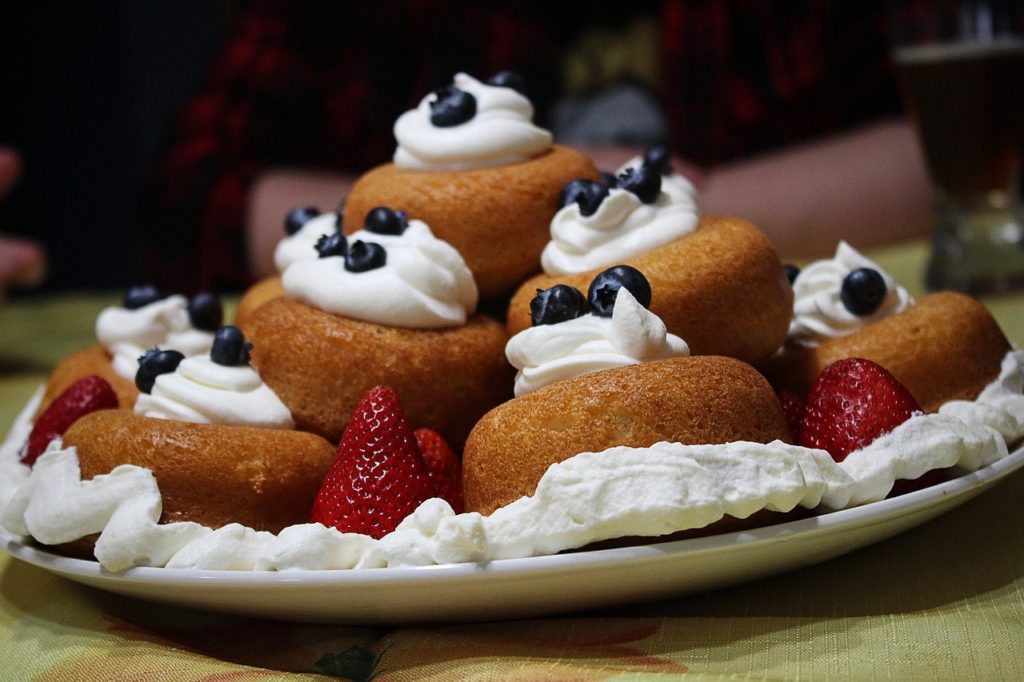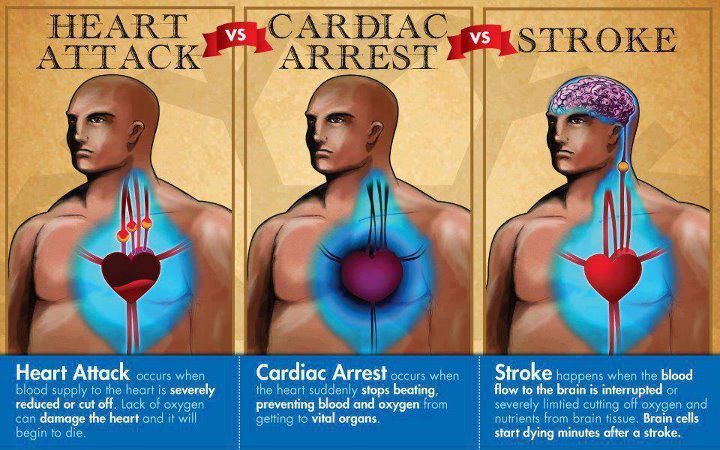
The study, which was published in the Journal of Translational Medicine, utilized anonymized data on the food preferences of 180,000 volunteers from the UK Biobank. Artificial intelligence was employed to categorize them into three general profiles:
- Health-conscious: prefer fruits and vegetables over animal-based and sweet foods.
- Omnivore: Likes most foods, including meats, fish, and some vegetables, as well as sweets and desserts.
- Sweet tooth: Prefer sweet foods and sugary drinks and is less interested in healthier options like fruit and vegetables.
The Surrey team analyzed UK Biobank data on blood samples, measuring 2,923 proteins and 168 metabolites to observe how these levels varied in each group.
Proteins are essential for various functions in the body, such as fighting infections, muscle contractions, and cognitive processes. Metabolites, on the other hand, are small molecules produced during digestion and other chemical processes in the body, providing valuable insights into our body’s functioning. By comparing these blood-based proteins and metabolites, researchers can gain a better understanding of the biological variances between different groups.
Professor Nophar Geifman, said:
“The foods that you like or dislike appear to be directly linked to your health. If your favorite foods are cakes, sweets, and sugary drinks, our study’s results suggest that this may have negative effects on your health. We found that the group with a sweet tooth is 31% more likely to have depression. Additionally, this group had higher rates of diabetes and vascular heart conditions compared to the other two groups.”
“Importantly, by utilizing data-driven artificial intelligence methods, we managed to categorize individuals based on their food preferences. These categories have significant associations with health outcomes and biological markers.”
“Processed sugar is a significant part of many people’s diets. These results provide further evidence that, as a society, we should be mindful of what we eat. It’s important to stress that we’re not trying to tell people what to do; our job is simply to inform.”
The researchers also looked at differences between the three groups in standard blood biochemistry tests.
Professor Geifman continues:
“In the sweet tooth group, they had higher levels of C reactive protein, which is a marker for inflammation. Their blood results also show higher levels of glucose and poor lipid profiles, which is a strong warning sign for diabetes and heart disease.”
Conversely, the health-conscious group, which also had higher dietary fibre intake, had lower risks for heart failure, chronic kidney diseases and stroke, while the omnivore group had moderate health risks.
According to the British Nutrition Foundation, on average, in the UK, between 9% to 12.5% of an individual’s calories come from free sugar – this is defined as sugar that is added to food or drink. Biscuits, buns, cakes, pastries and fruit pies are the biggest single contributors for adults, but together, sugary soft drinks and alcoholic drinks contribute the most to free sugar intake.



